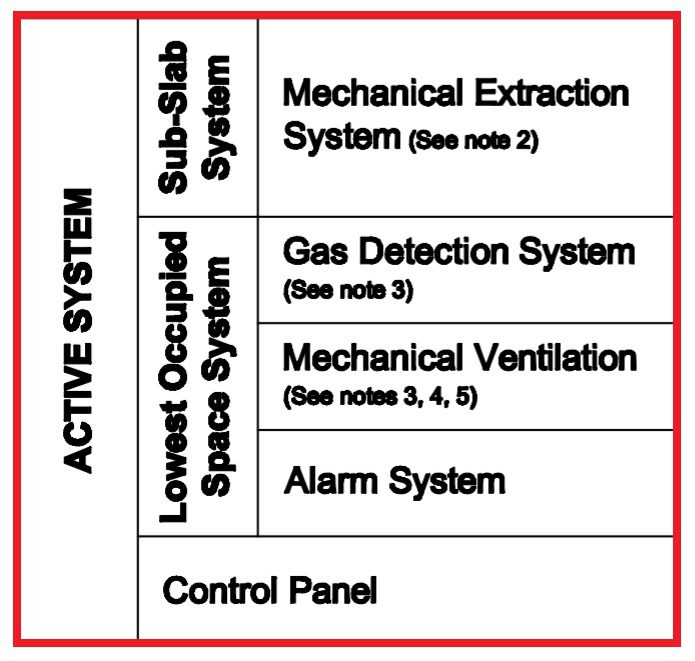Ultramafic Definition
In the study of geology, the term “ultramafic” refers to an igneous rock that comprises up to 90% mafic minerals, or more.
In the study of geology, the term “ultramafic” refers to an igneous rock that comprises up to 90% mafic minerals, or more.

Petrogenic Gas Petrogenic Gas: In geology, petrogenic gas refers to natural gas that is the byproduct of the thermal decomposition of biological and organic matter. In fact, this is the same process that results in the geological formation of petroleum underground. For instance, methane soil gas hazards in Los Angeles Methane Zones are typically resulting…

Control Panel in a Methane Mitigation System Control Panel of a Methane Mitigation System: A methane mitigation control panel is the brain behind the active mitigation system. In accordance with the Los Angeles Department of Building and Safety (LADBS) Methane Code, Ordinance Number 175790, a control panel synchronizes methane alarm units with sensors and the…

Active Methane Mitigation Active Methane Mitigation: Active systems refer to the mechanical and electrical components of a methane mitigation system. In fact, the definition of an Active System is available in Methane Code (Ordinance No. 175790). This is a publication by the Los Angeles Department of Building and Safety (LADBS). Moreover, further descriptions of an…

Soil Creep Definition Soil Creep is a type of landslide that entails the slow and gradual movement of a soil mass (or even some loose rock) materials.

Passive Methane Mitigation Passive Methane Mitigation: Passive systems refer to the non-mechanical and non-electric components of the methane mitigation process. These components remove the vapor intrusion risks of methane soil gas migration into buildings atop Los Angeles Methane Zones and Methane Buffer Zones. In fact, methane testing results typically indicate the necessity for a passive…

Polychlorinated Biphenyl (PCBs) Polychlorinated Biphenyl (PCBs): Polychlorinated Biphenyl (PCBs) are highly toxic human-engineered chlorinated hydrocarbons that have been used around the world as enhancers to hydraulic oil and electrical insulators. PCBs were applied for maintaining low flammability rates, high boiling points, and stronger chemical stability. As of 1979, PCBs have been banned from use in…